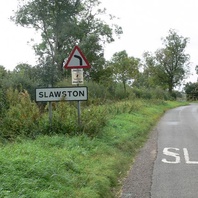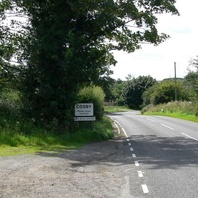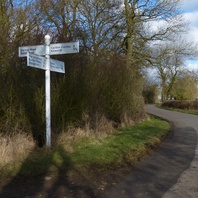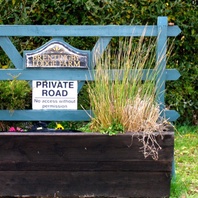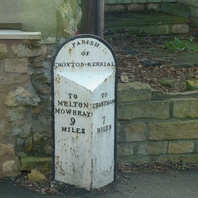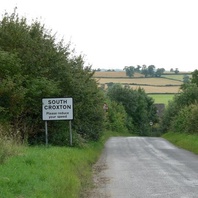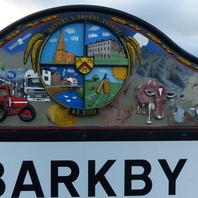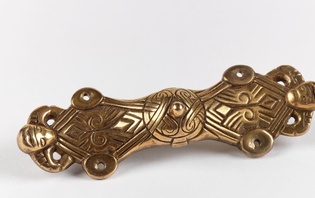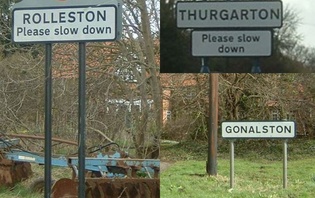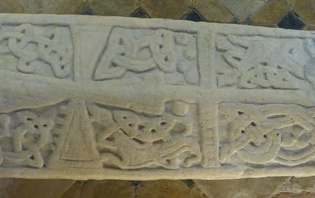Find out about the personal and place-names used by Vikings in the East Midlands and elsewhere
Place-names
On these pages you can find out about the names the Vikings gave to the places in which they settled down in the East Midlands. As commonly throughout England, most place-names referring to settlements consist of two elements. The second element is called the ‘generic’ and refers to the kind of place being named. The first element is the ‘specific’ which denotes a particular settlement of that kind. Most major place-names (of towns and villages) in England were given in the Old English language. In areas settled by Vikings, such as the East Midlands, we can also see how their language was used to coin names. These are sometimes wholly in Old Norse, and sometimes they are in a mixture of Old Norse and Old English, suggesting interaction between the incomers and the locals. Typical Old Norse generics recognisable in the modern forms of the names are -by, denoting a farm or settlement, and -thorpe, denoting an outlying settlement of some type. Nowadays, these mostly refer to villages, but some of these have grown into sizeable towns, such as Grimsby in Lincolnshire. Also typical of some of the East Midlands is that the early medieval administrative divisions are called ‘wapentakes’, from the Old Norse vápnatak ‘taking of weapons’. This term may refer to the brandishing of weapons as a sign of assent at a legal assembly. Elsewhere in England (and in Derbyshire and Leicestershire) these divisions are known by the English term ‘hundred’.
Our virtual museum has only a selection (though a growing one) of relevant place-names. We have focused on place-names that include Old Norse elements, but have also included some purely Old English names where these are locations for significant Viking Age finds. For a quick and easy guide to the most likely interpretations of all major names in England, please visit the Key to English Place-Names.
Personal names
Many Viking place-names contain personal names as their first element. In Gunthorpe, Nottinghamshire, for example, the first element is the female name Gunnhildr. Although we don’t know for sure, we assume that this kind of name means that the settlement once belonged to a woman who gave her name to it. An interesting group of names in Nottinghamshire are where a Scandinavian personal name is combined with the English generic -ton (one of the most common place-name generics across England, which also refers to a settlement). Examples in the Trent Valley include Gonalston, named after Gunnolf, or Rolleston, named after Hroaldr. Interestingly, Rolleston in Leicestershire, though apparently identical, seems to have been named after Hrolfr (or possibly the cognate English name Hrothwulf). The only way of distinguishing between the two is to examine the earliest spellings of these names. Compare the spelling of the Leicestershire Rolleston as Roveston in 1086 and Rolveston in 1156 with that of the Nottinghamshire one as Roldeston in 1086. This is the kind of work done by the English Place-Name Survey based at the University of Nottingham.
Also in this collection you can find out more about Old Norse personal names. We have included many personal names taken from the place-names of the East Midlands. Unfortunately, Gunnhildr is a rarity and these do not include many female names. For the female names, then, we have looked at other sources, particularly from the neighbouring county of Yorkshire, to give an idea of the kinds of names being used at the time. For each individual name you will be given an anglicised form (adjusted to the spelling of modern English) and an Old Norse form. Each name will also be given in one or more runic alphabets, and will be linked to appropriate place-names where relevant.
Header image: Mi D 529 (c) University of Nottingham Manuscripts and Special Collections, used with permission


